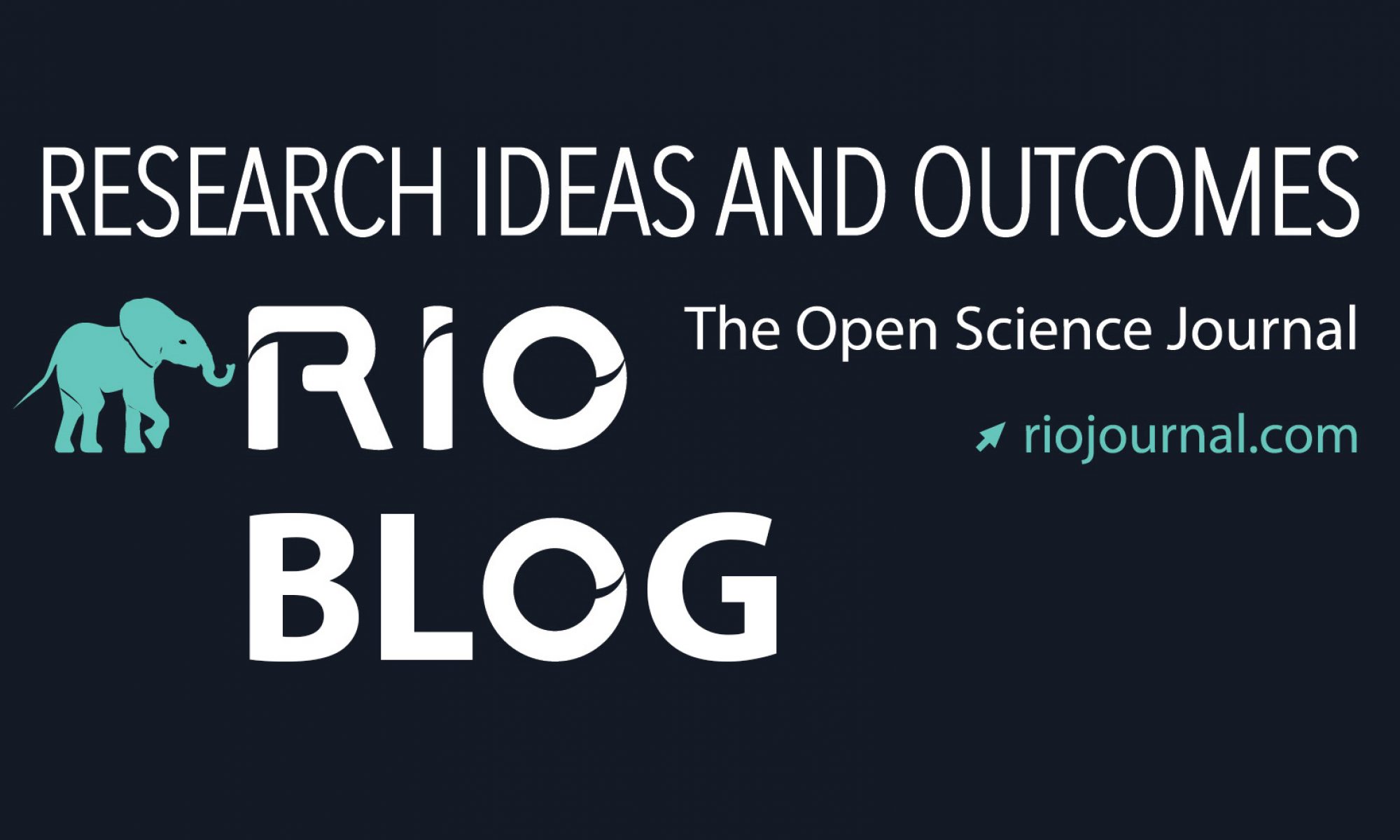Controlled manipulation of matter on the scale of atoms is the topic of a new cutting edge Austrian Science Fund (FWF) project “Heteroatom quantum corrals and nanoplasmonics in graphene” (HeQuCoG), led by Finnish-born physicist Toma Susi. The project is the first to openly publish its proposal via the innovative platform of the Research Ideas & Outcomes (RIO) Journal, designed to uncover the entire research cycle.
The mission of RIO is to catalyse change in research communication by publishing ideas, proposals and outcomes in order to increase transparency, trust and efficiency of the whole research ecosystem. The journal harnesses the full value of investment in the academic system by registering, reviewing, publishing and permanently archiving a wider variety of research outputs than those traditionally made public.
RIO offers one of the most transparent, open and public peer-review processes, including pre-submission and post-publication peer-review options. The journal is designed to encourage collaboration between scientists within and across disciplines by making the entire research cycle open, and by mapping the social impact for its publications.
Dr. Susi, based at the University of Vienna in Austria, shares why he chose to make his research accessible to peers and the wider public from the proposal stage. “I must be honest: it was an instinctively scary prospect to publish a grant proposal, even a funded one. However, once I carefully weighed the potential pros and cons and discussed the idea with my close peers, I concluded that those fears most likely were unfounded. Moreover, there really can be no doubt that science as a whole would benefit if this became common practice.”
The aim of the HeQuCoG project is to create atomically precise structures consisting of silicon and phosphorus atoms embedded in the lattice of graphene using a combination of ion implantation, first principles modeling and electron microscopy. The expected outcome is a systematic demonstration of atomic-level material design and the creation of freestanding “quantum corral” structures for the first time.
“We are happy to have such an exciting and ambitious project as one of the first to publish its proposal in RIO. This goes to show that the platform is an ideal hub for forward-thinking young researchers wishing to take science to a new level of collaboration and real-world impact” comments Prof. Lyubomir Penev, co-founder of RIO.
###
Original source:
Susi T (2015) Heteroatom quantum corrals and nanoplasmonics in graphene (HeQuCoG). Research Ideas and Outcomes 1: e7479. doi: 10.3897/rio.1.e7479
Additional information:
The Austrian Science Fund FWF is devoted to the support of the ongoing development of Austrian science and basic research at a high international level. In this way, the FWF makes a significant contribution to cultural development, to the advancement of a knowledge-based society, and to the creation of value and wealth in Austria and abroad.
The Research Ideas and Outcomes (RIO) Journal publishes all outputs of the research cycle, including: project proposals, data, methods, workflows, software, project reports and research articles together on a single collaborative platform offering one of the most transparent, open and public peer-review processes. Its scope encompasses all areas of academic research, including science, technology, the humanities and the social sciences.

